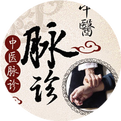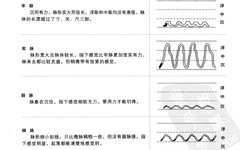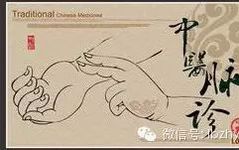Detailed Explanation of Pulse Patterns in Traditional Chinese Medicine: Floating, Deep, Slippery, and Rapid
【Introduction】Ancient literature records over twenty commonly used pulse patterns, such as floating, deep, slow, rapid, slippery, choppy, weak, strong, soft, wiry, relaxed, weak, knotted, intermittent, hurried, tight, string-like, surging, fine, and minute. Here, we will briefly introduce a few of them as examples. The pulse is superficial. It can be felt lightly, but pressing harder … Read more










